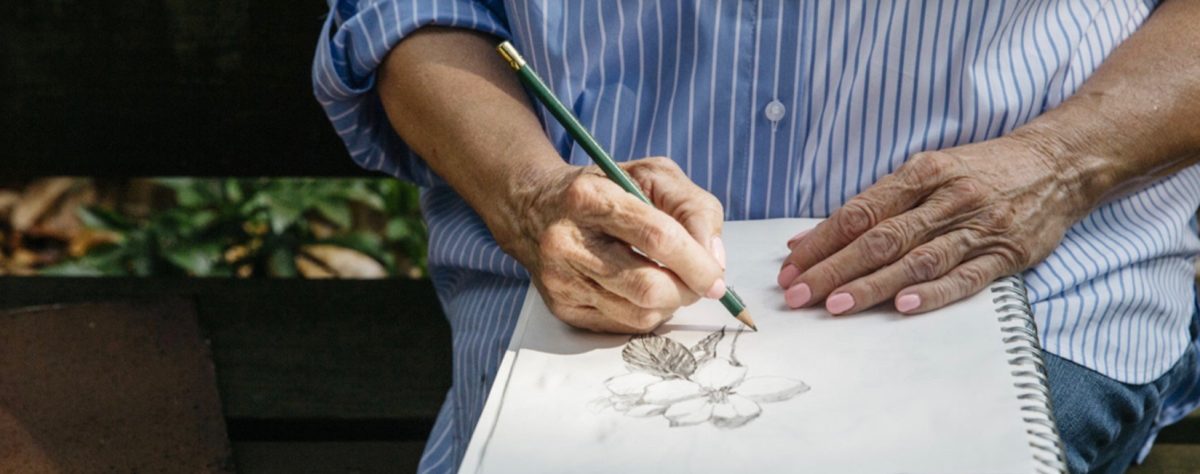
History is peppered with stories of the adventures of people following a flower obsession. Tulip bulbs were at one time more valuable than the currency of The Netherlands. Instead of Dutch coins, you paid with tulip bulbs! It became so serious the government had to deploy armed guards around the tulip fields.
On a recent visit to Light Trap Books in Downtown Jackson, TN, proprietor Lauren Smothers suggested I might like reading Susan Orlean’s The Orchid Thief. While the main story revolves around the life of a colorful orchid expert in Florida, the author goes into great detail about the history of orchids. Orchid societies abound all over the world to feed the obsession of orchid aficionados. More on that in an upcoming episode!
Reading that book led me to look at my own flower obsessions. I have to say obsessions because I have never settled on just one flower. As a child I was obsessed with daffodils for a while. I loved their bright sunny faces that told me that spring was almost here. One spring I lusted after the daffodils that had sprung up all over a neighbor’s yard. There were bunches and bunches of them. I must have been about 6 years old. I couldn’t resist. I walked right over there and picked myself a large bouquet of the gorgeous blossoms.

Needless to say, my mother was appalled that I would do such a thing. She made me take my whole bouquet back to the neighbor’s house, knock on the door and apologize for my theft. I cried all the way over to the neighbor’s house and could not summon up the courage to knock on the door. I put the bouquet down on her porch and ran all the way home. My mother never asked what the neighbor said and I never told her what I had done. Whenever I see daffodils, I think of the shame of a little girl who acted on her obsession with daffodils. I don’t think I have had the urge to steal flowers from someone else’s garden since.
However, I do still have flower obsessions! Do you?












